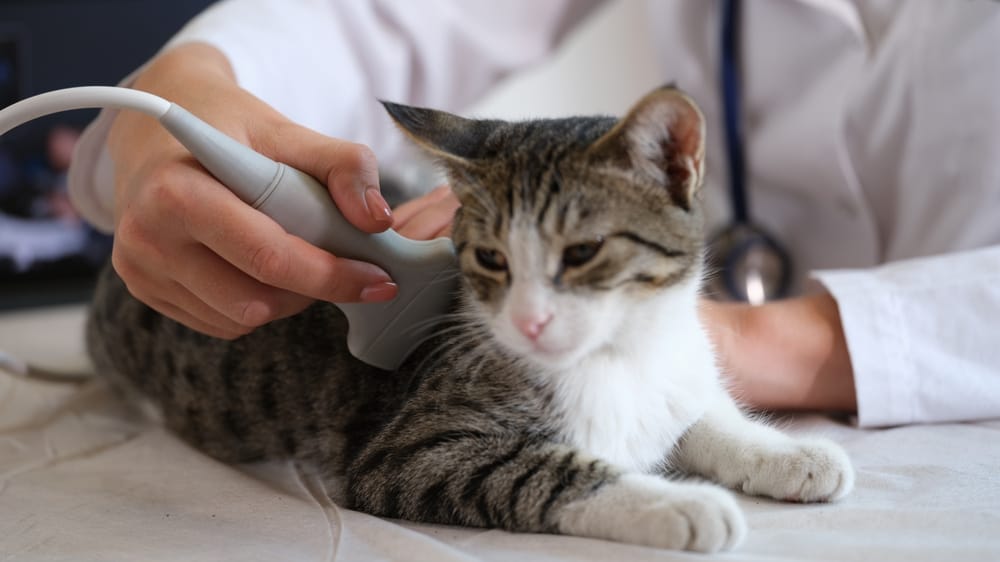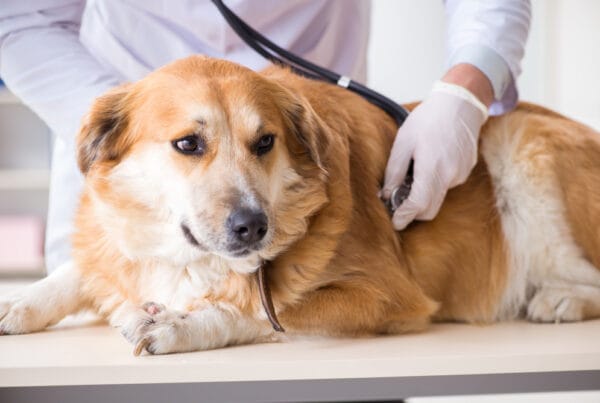Veterinarians follow a systematic approach to diagnose diseases and conditions in animals. Here’s how they typically proceed:
History Taking
The first step involves gathering information about the animal’s medical history. This includes:
- The reason for the visit (e.g., symptoms, routine check-up, emergency)
- Owner’s observations of the animal’s behavior, appetite, energy levels, and any specific symptoms like vomiting, coughing, or limping
- The animal’s medical history, including vaccinations, previous illnesses, surgeries, and treatments
- Lifestyle factors, such as diet, environment, exposure to other animals, or any recent travel or stress

Physical Examination
The veterinarian performs a thorough physical exam to assess the animal’s overall health and identify any abnormal findings. This typically includes:
- Inspection: Checking for any visible signs like skin lesions, swelling, or abnormal posture or gait
- Palpation: Feeling the body, abdomen, and joints to identify pain, lumps, or irregularities
- Auscultation: Using a stethoscope to listen to heart, lung, and gut sounds
- Percussion: Tapping the body to detect abnormal sounds, which can help diagnose issues like fluid buildup in the chest or abdomen
- Weight, Temperature, Pulse, and Respiration: Taking vital signs to check for fever, heart rate, or respiratory distress
Diagnostic Testing
If the physical exam and history suggest a particular issue, the veterinarian may order diagnostic tests, such as:
- Blood Tests: To check for infections, organ function, anemia, or metabolic abnormalities
- Urine Tests: To check for signs of kidney disease, diabetes, or urinary tract infections
- Fecal Tests: To identify parasites, bacteria, or other gastrointestinal issues
- Imaging: X-rays, ultrasound, CT scans, or MRIs to assess internal organs, bones, and soft tissues
- Biopsy: If tumors or abnormal growths are detected, a sample may be taken for further analysis
- Culture Tests: To identify specific bacterial, viral, or fungal infections

Differential Diagnosis
Based on the findings, the veterinarian forms a list of possible conditions that could explain the symptoms. This is called differential diagnosis. They consider:
- The most likely causes based on the animal’s history, breed, and age
- Rare or less common diseases that could match the clinical signs
- The severity and duration of the symptoms
Treatment and Monitoring
After arriving at a diagnosis, the veterinarian will discuss potential treatment options with the pet owner. This may involve:
- Medications (antibiotics, pain relief, anti-fungal, steroids, prescription diets, etc.)
- Surgery or other interventions (e.g., tumor removal, foreign body extraction)
- Lifestyle changes (e.g., diet adjustments, exercise routines)
The vet will also monitor the animal’s response to treatment through follow-up visits or additional tests.
Reevaluation
If the animal doesn’t improve or if the diagnosis remains unclear, the veterinarian might reassess the situation. This could involve further testing, a second opinion, or referral to a specialist for a more complex diagnosis.
This process requires a combination of observation, medical knowledge, and available technology, all aimed at ensuring the animal receives the best care possible.




